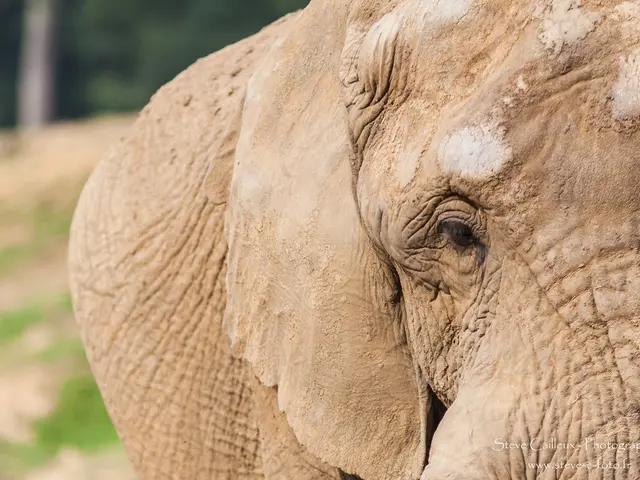Explaining ChatGPT's Age Verification Method: A Look at Its Functions
In a significant move towards ensuring the safety of its users, particularly minors, OpenAI has developed an age verification system for its AI model, ChatGPT. This system, designed to differentiate between adults and teenagers, marks a new chapter in the regulation of AI companies worldwide.
The system is not a static gate but a living filter that predicts, verifies, and adapts. It uses AI to estimate a user's age based on language style, conversation topics, interaction patterns, and account-level information. If the system is unsure, it defaults to the safer under-18 experience.
Adults can regain full access to ChatGPT by verifying their age through methods like government ID checks, payment history, or other trusted verification services. OpenAI is also working on a system for automatic age verification to further streamline the process.
However, the system's global applicability may be limited due to models trained mostly on Western data. It also profiles users, which may raise concerns about privacy, especially in regions with strict data laws like India's Personal Data Protection Act.
The trade-off between privacy, freedom, and safety is a delicate balance, depending on how well the system works in practice and how transparent OpenAI is about its methods. The system's judgement calls about identity may also be scrutinised by regulators.
The system prioritises safety for minors, restricting access to flirtatious conversations, sexually explicit roleplay, and creative writing involving self-harm themes. If a teen signals suicidal intent, ChatGPT may alert parents and, in extreme cases, law enforcement.
Families will soon be able to link accounts, giving guardians tools to manage a teen's ChatGPT experience. This includes switching off chat history, limiting use during certain hours, and receiving alerts for acute emotional distress.
The system may add friction to everyone's experience, potentially leading to occasional annoyance for adults in proving their age. It may also face challenges with false positives and false negatives, potentially frustrating adults or exposing teens to adult content.
The approach to age verification for ChatGPT is different from social media platforms like Instagram or TikTok, which often rely on self-reported data or parental consent. This proactive system, constantly evaluating user interactions, signals a new regulatory era for AI companies as governments worldwide debate stricter guardrails for teen safety online.






